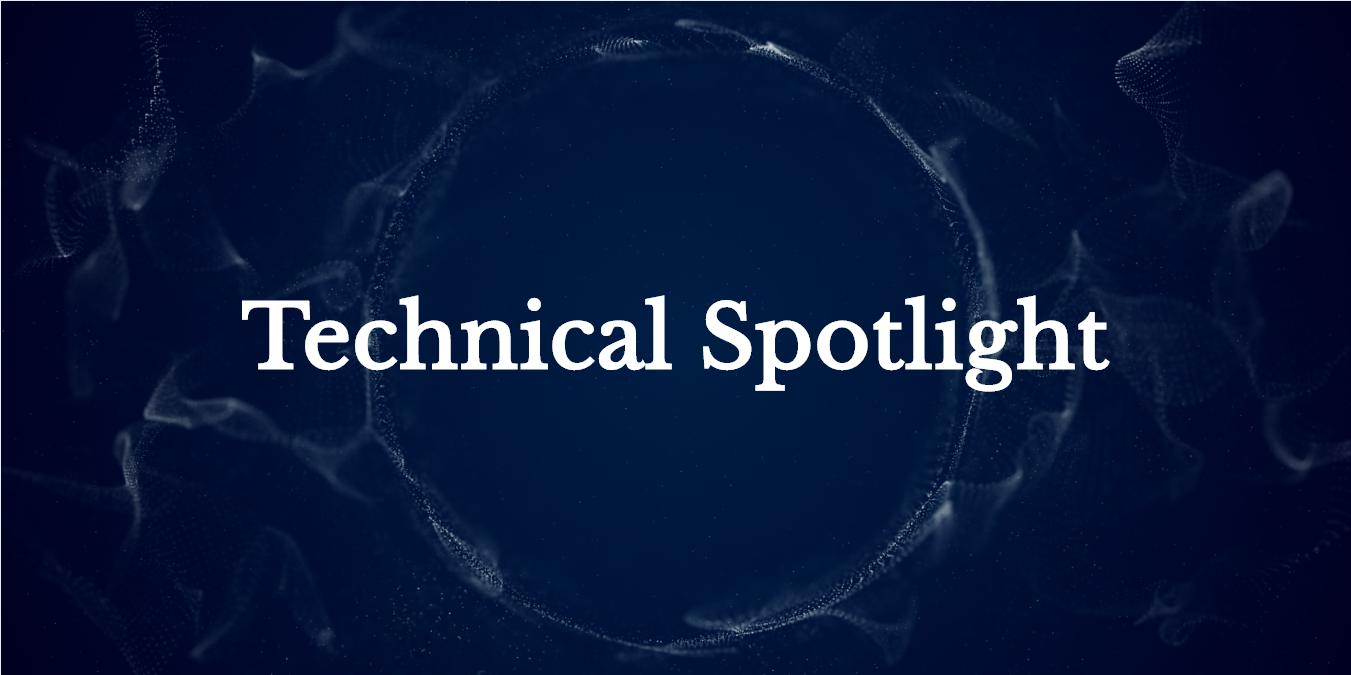
Our 25-OH Vitamin D ELISA Kit was featured in a recent publication! Check out the abstract and access to the full text below.
Abstract
Latent infection with Epstein-Barr virus (EBV) is a strong risk factor for the development of multiple sclerosis (MS), although the underlying mechanisms remain unclear. To investigate this association, we induced experimental autoimmune encephalomyelitis (EAE) in immunodeficient mice reconstituted with peripheral blood mononuclear cells (PBMCs) from individuals with or without a history of EBV infection and/or relapsing MS (RRMS). HuPBMC EAE mice generated from EBV-seronegative healthy donors were less susceptible to developing severe neurological symptoms than healthy EBV-seropositive and RRMS donor groups. Donor EBV seropositivity and RRMS diagnosis were associated with a significant increase in the number of central nervous system (CNS) infiltrating effector T cells due to enhanced proliferation of proinflammatory T cells and limited expansion of regulatory T cells. The data indicate that a history of EBV infection, further compounded by a diagnosis of RRMS, promotes T cell–mediated xenogeneic CNS disease in a humanized mouse model of MS.
If you have any questions about this product or any of our other offerings, contact us here.



